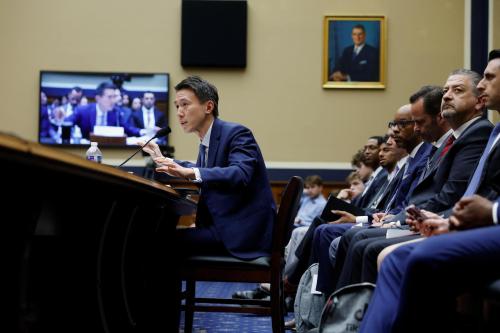I am pleased to appear before you today to discuss state regulation of auto insurance. As it turns out, the AEI-Brookings Joint Center on Regulatory Studies will release a major study of this subject in several months that was overseen by Professor J. David Cummins of the University of Pennsylvania.1 If the Subcommittee holds further hearings on this subject, I encourage it to seek testimony from Professor Cummins and others who participated in the study. In their absence, I will report some of its main findings.
Background and Summary of Testimony
The auto insurance industry currently collects about $120 billion in annual premiums, accounting for roughly 40 percent of overall property-casualty insurance premiums. As the Subcommittee is well aware, approximately half of the states have some form of prior approval over auto insurance rates.
The AEI-Brookings insurance study contains both a statistical analysis of insurance in all states as well as case studies of insurance regulation and deregulation in selected states, all authored by leading scholars in the insurance field.
The bottom line of all this analysis is very simple to state. Auto insurance is a competitive industry. It certainly is not characterized by monopoly, the traditional basis for price and entry regulation. Nor is the product so complicated that it requires government to set rates to protect consumers. Indeed, because it is what I would call a “plain vanilla” financial product––in large part because insurance policies have been standardized through forms regulation–– consumers are easily able to use the Internet to shop for auto (and other types of) insurance.2 In facilitating price comparisons, the Net is making and will continue to make auto insurance––and the financial services industry more broadly––even more competitive.


Commentary
TestimonyState Regulation of Auto Insurance
August 15, 2001